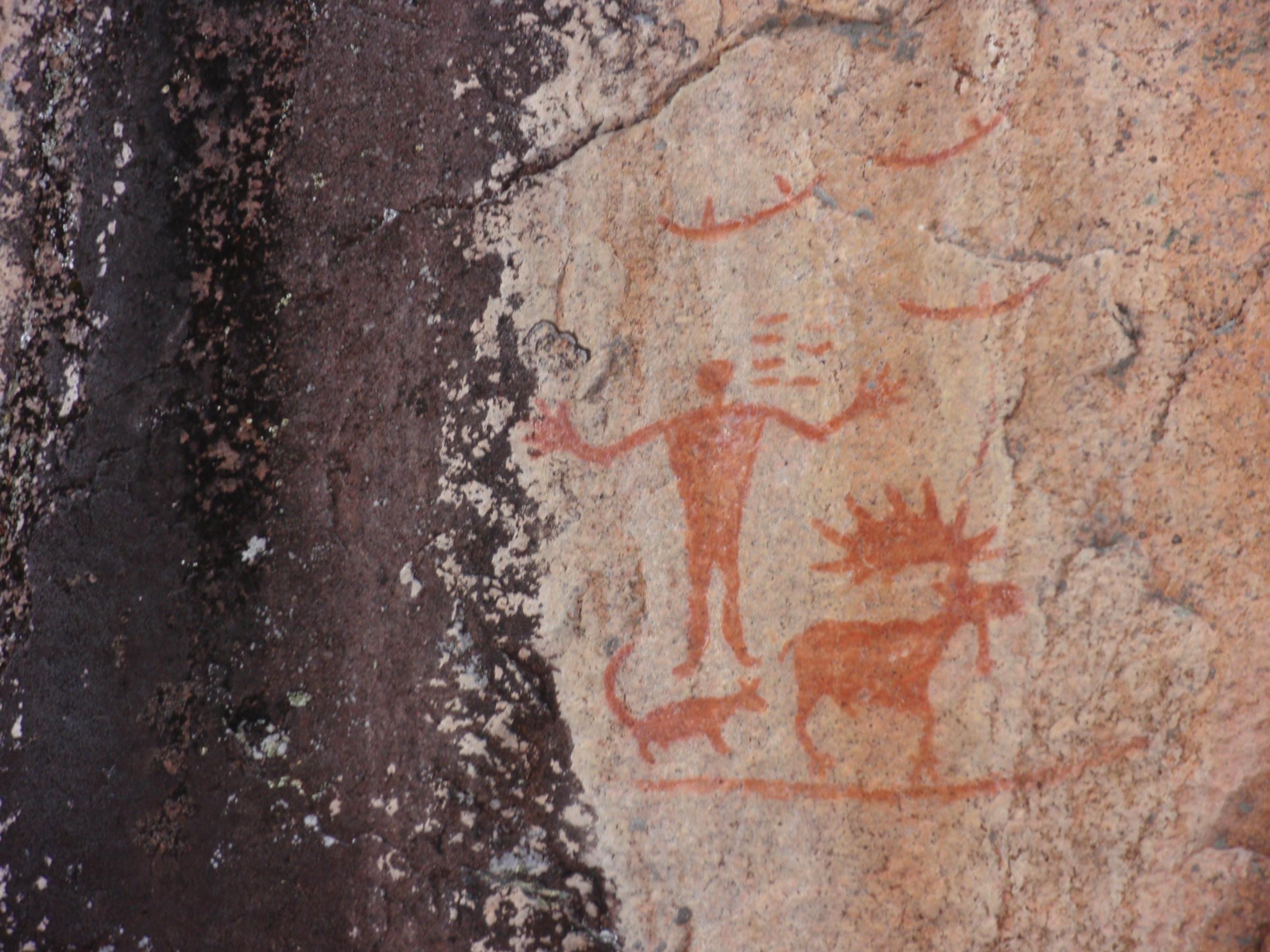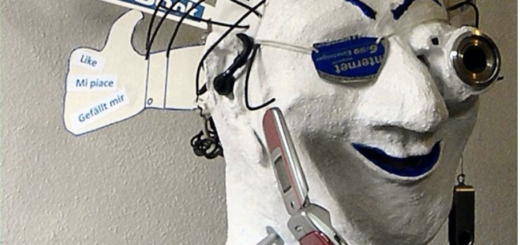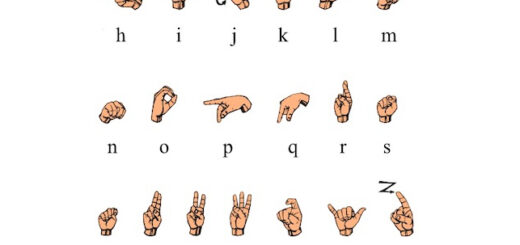Books and Islands: Book Review

I was born and raised in Minnesota, much of which lies in Ojibwe country. For years, however, I assumed that I should study my own heritage, namely German, and so I grew up in almost perfect ignorance of the native people around me, whose home was what we called “the lake country.” Ojibwe country is a vast area spanning the border between the US and Canada, from Manitoba and Saskatchewan in the west through the Great Lakes. It has no use at all for that border, however. It is the area where Anishinaabemowin is spoken, a language group that embraces several different national entities and language variations — Ojibwe being one — that knit history and geography and botany and zoology and art and morality into a rich, humane fabric and makes the political constructions “Minnesota” or “Ontario” seem empty or brittle by comparison. The Anishinaabe lived in this land for a very long time, longer than anyone can exactly measure. It was never “easy”: surviving long, cold winters demanded keen perception, accumulated wisdom and much tenacity.
Louise Erdrich is an established, well-respected writer of fiction. I recognised her name when I came across it in my recent effort to stretch my understanding of “memoir” with challenging examples. Books and Islands in Ojibwe Country does what memoir is supposed to do, namely compress the messy details of a life into some form comprehensible to others. The writing is elegant, and the reader’s experience pleasant, satisfying. Still, I am unable to fully accept the book’s assumptions about the relationship between books and islands in Ojibwe country.
The text is framed as an account of a journey: Erdrich and her very young daughter travel from Minneapolis into the depths of the lake country, in Ontario and back. The trip involves ordinary incidents of travel — driving, finding motels, eating, crossing borders, staying in touch with friends and family. It also involves a fine segment travelling by canoe with the baby’s father — an exceptionally knowledgeable and active practitioner of Ojibwe language and traditions, able to point out ancient, treasured paintings on remote islands. The memoir reveals its author as a busy, energetic, resourceful and enormously practical woman, an attentive mother, generous friend and clear-headed businesswoman. She seems to be continually, quietly resolving the demands of contemporary life in a big American city with the legacy of the Anishinaabe, only rarely sensing conflict.
In a sense, this book introduces Ojibway culture. An introduction ordinarily assumes distance and difference between an author and a newcomer; this book does not stress differences, however: Erdrich herself — along with most of the people who figure in this book and possibly the reader as well — clearly, necessarily — drive cars, speak English and simultaneously may be learning Anishinaabe, language that does not recognise gender grammatically (as we do with “he” “she” “it”) but does distinguish between animate and inanimate beings (animate include rocks and waters as well as plants and animals). The difference between Ojibwe and “contemporary American” is mentioned only very briefly in this book. To me, it seems central, the most exact, most complete means of understanding what was, and continues to be lost when one cultural group radically displaces another. And the recovery of what has been lost underpins the effort to preserve the traditional language, ceremony and story-telling, and most subtle and difficult of all, the sense of connection to land, water, rocks, a specific place on earth.
I’ve long understood indigenous American culture, including Ojibwe, to have been oral. It’s probably worth adding that as I see it, oral culture not gone, but has changed character. It is around us, everywhere, and we’re all moving between oral and literate activity often, every day, sometimes mid-sentence. Everyone’s first encounter with language is oral, for example, in a family of whatever description. Exchanges with children, often with close friends, are oral, and turn out to be awkward or impossible when some attempt is made to write them down. It’s as if we think of some things as “history”, and some not. In any case, when knowledge must be passed from body to body, mouth to ear, over centuries, concepts of time, space, details of processes, awareness of the environment necessarily remain at human scale. Such a culture is, at the same time, tragically vulnerable to assault by, say, Europeans who, having been literate for centuries when they arrived in the Americas, had plenty of practice storing information outside their own bodies, using writing to keep and disperse knowledge of tools and processes to enhance their strength, perception and memory. They had become technically adept, fiercely competitive and, often, oblivious to their environment and to one another.
Erdrich describes the Ojibwe as having been literate for a very long time, and their relationship to books as fundamentally untroubled. The irrefutable evidence for literacy is the Midewiwin scrolls, sacred birchbark documents. These encoded essential knowledge — presumably of medicine in a broad sense — of plants and animals and ceremonies, information complex enough to challenge a single human memory. But the writing is pictographic (socially very different from alphabetic writing) and was, further, available only to members of a small, elite group, individuals entrusted by the larger group with something like a secret with enormous power. Effectively, the key features of oral culture remained in place.
Literacy, as a fairly widespread skill bound up with the technology of print, came to America with Europeans. At the heart of Erdrich’s book, I sense the ongoing problem of reconciling near-opposites: the crass, careless hubris of a highly technical contemporary culture versus the fundamental humility of humans who know they depend on the earth and on one another to live. It’s not that orality is good and writing is bad. Both are both. Both are present. But the contrast between oral and literate cultures sheds light on the depth and scope of the issues. It absolutely justifies the effort to learn a very difficult language, grasp the sense of ancient ritual, and understand ourselves in relation the environment that supports us.


